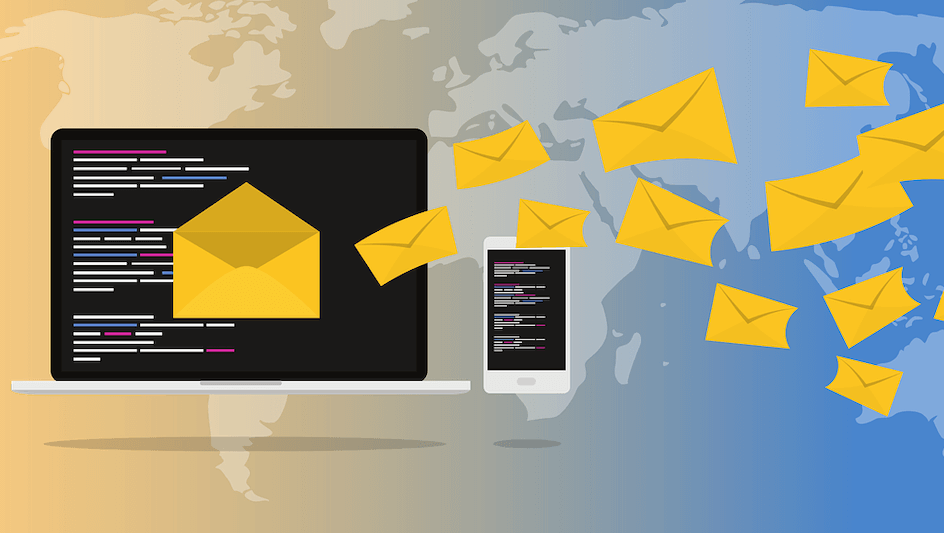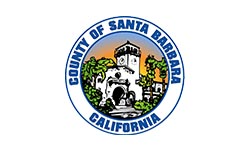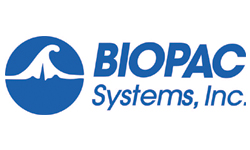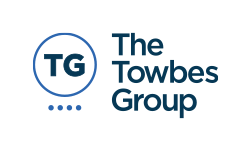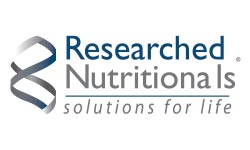Email Marketing Tips and Tricks to Drive Sales
Email marketing remains one of the most powerful tools for driving sales and engagement. For businesses big and small, mastering email marketing can lead to increased traffic, customer loyalty, and revenue. Whether you’re just starting out or looking to optimize your existing strategies, these tips and tricks will help you take your email marketing efforts to the next level.
Platforms like Mailchimp, HubSpot, Klaviyo, and MailerLite provide the tools needed to implement these strategies with ease. Let’s dive into how you can use them to drive sales effectively.
1. Personalization is Key
Gone are the days of one-size-fits-all email marketing. Currenlty, customers expect brands to speak directly to them with content that feels tailored to their interests. Personalizing emails goes beyond just including the recipient’s name; it’s about understanding their preferences, purchase history, and behaviors.
How to Implement:
- Segmentation: Use tools in platforms like HubSpot or Mailchimp to segment your audience based on interests, location, or purchase behavior. This allows you to send targeted content that’s more likely to resonate.
- Dynamic Content: Many email platforms, including Klaviyo, offer dynamic content options that adjust based on user data, showing different images, offers, or products to different segments.
Tip: Make sure your subject lines reflect personalization as well. Subject lines like “Just for You!” or “We Picked These for You, [Name]!” can significantly improve open rates.
2. Focus on Mobile Optimization
With more than half of emails opened on mobile devices, optimizing your emails for mobile users is critical. Emails that are not mobile-friendly may lead to higher bounce rates and lower engagement. In 2024, a seamless mobile experience is a must for any successful campaign.
How to Implement:
- Responsive Design: Platforms like Mailchimp and MailerLite offer responsive email templates that automatically adjust to screen sizes, ensuring that your email looks great on any device.
- Short and Engaging Content: Keep your content concise, use short paragraphs, and ensure that your CTAs (Call-to-Actions) are easy to find and tap on mobile devices.
Tip: Avoid long subject lines that might get cut off on mobile. Keep them short, punchy, and attention-grabbing.
3. Use A/B Testing to Optimize Campaigns
Testing different elements of your email campaigns can provide valuable insights into what drives the most engagement. A/B testing (also known as split testing) allows you to test various aspects like subject lines, send times, images, or CTA placement, helping you refine your approach over time.
How to Implement:
- Test Subject Lines: Test two different subject lines with a small portion of your list to see which gets more opens. Tools like Klaviyo or HubSpot make A/B testing easy with built-in options.
- Test Send Times: Experiment with sending emails at different times of the day to discover when your audience is most likely to engage. Mailchimp offers insights on optimal send times based on previous campaign performance.
Tip: Don’t test too many variables at once. Stick to testing one element per campaign, so you can clearly see what’s making the difference.
4. Automate Your Email Marketing
Automation is a game-changer in email marketing, allowing you to send timely, relevant emails without manual intervention. By setting up automated workflows, you can nurture leads, welcome new subscribers, and re-engage inactive customers—all while driving sales.
How to Implement:
- Welcome Series: Use platforms like MailerLite or Klaviyo to set up an automated welcome email series for new subscribers. This is an opportunity to introduce your brand, share valuable content, and offer a first-time discount.
- Abandoned Cart Emails: Don’t miss out on potential sales. Set up an abandoned cart automation to remind users of the products they left behind and encourage them to complete their purchase. Klaviyo excels at this with customizable abandoned cart workflows.
Tip: Include incentives like free shipping or a discount in your abandoned cart emails to increase conversions.
5. Craft Compelling Call-to-Actions (CTAs)
Your email’s ultimate goal is to drive the recipient to take action, whether that’s making a purchase, reading a blog, or signing up for an event. Clear, compelling CTAs are essential to driving clicks and conversions.
How to Implement:
- Action-Oriented Language: Use strong, action-oriented language in your CTAs like “Shop Now,” “Get Started,” or “Claim Your Discount.” Avoid vague phrases like “Learn More.”
- CTA Placement: Place your CTA in a prominent location where it stands out from the rest of the content. HubSpot offers tools to track which CTA placements perform best across campaigns.
Tip: Use contrasting colors for your CTA buttons to draw attention and make them easy to spot.
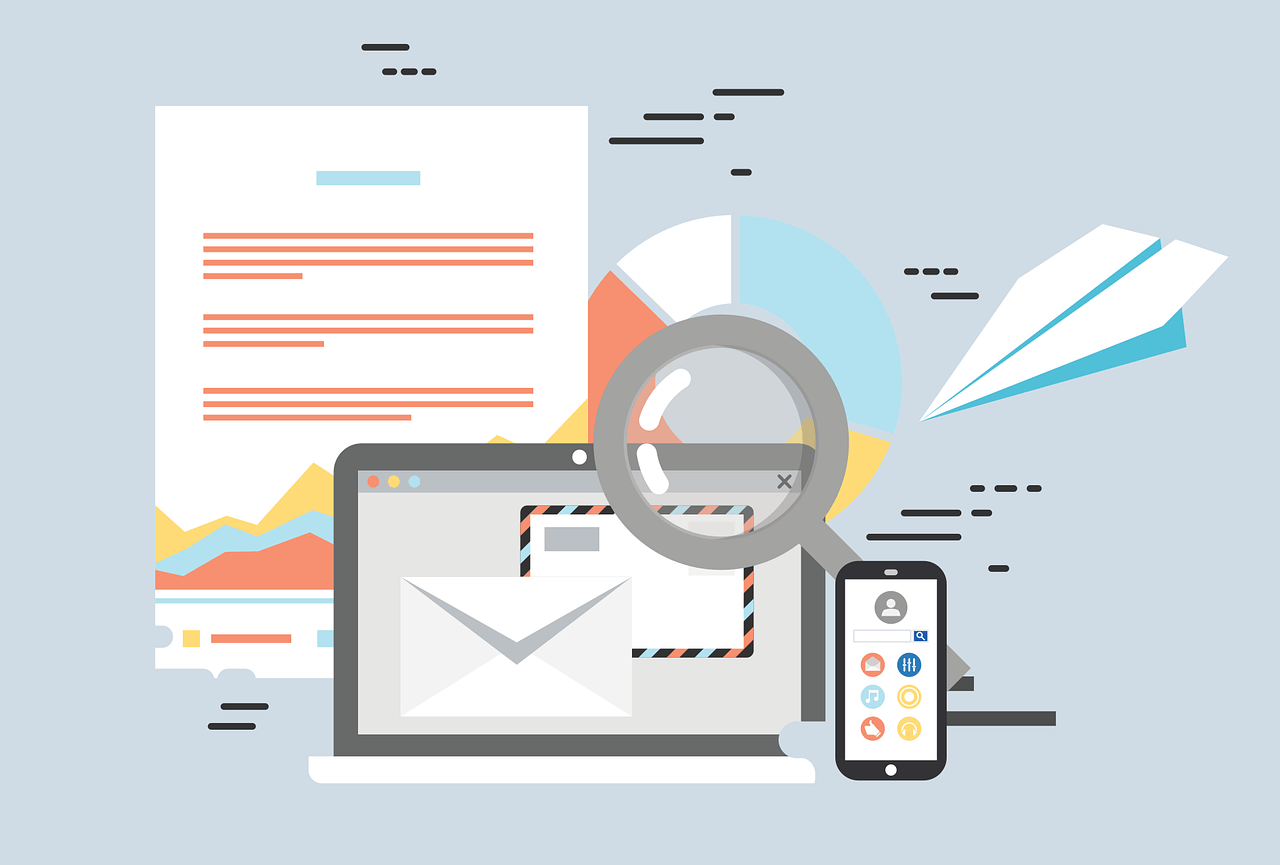
6. Monitor Your Results and Make Adjustments
Monitoring the performance of your email campaigns is crucial to long-term success. Tools like Google Analytics, Mailchimp, and HubSpot allow you to track metrics such as open rates, click-through rates, and conversion rates.
How to Implement:
- Track Engagement: Regularly monitor how well your emails are performing using metrics provided by your email platform.
- Adjust Based on Data: If certain emails are underperforming, tweak your strategy. Perhaps it’s a matter of timing, messaging, or even your subject line.
Tip: Set specific goals for each campaign and regularly review your progress to ensure you’re meeting them.
Email Marketing Platforms – Which one to use?
There are numerous email marketing platforms available that cater to different business needs, whether you’re running a small store or a large e-commerce enterprise.
Mailchimp is one of the most popular tools, offering a user-friendly interface and a wide range of features such as segmentation, automation, and A/B testing. HubSpot goes beyond email marketing, providing powerful CRM and marketing automation tools that are perfect for businesses looking to combine email campaigns with customer management. For e-commerce stores, Klaviyo is a top choice, offering deep integration with WooCommerce and Shopify, allowing you to automate abandoned cart emails, product recommendations, and personalized customer journeys. Another great option is MailerLite, which is ideal for small businesses due to its affordability and intuitive design.
Each of these tools offers distinct features to help you manage and optimize your email marketing campaigns, giving you the flexibility to choose what best suits your business needs.
At NDIC, we can help you select the right platform and implement it seamlessly into your marketing strategy.

